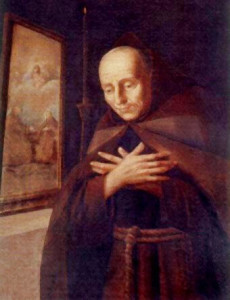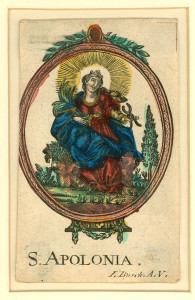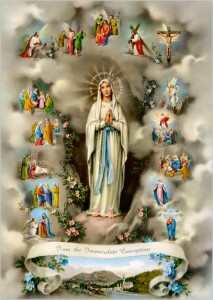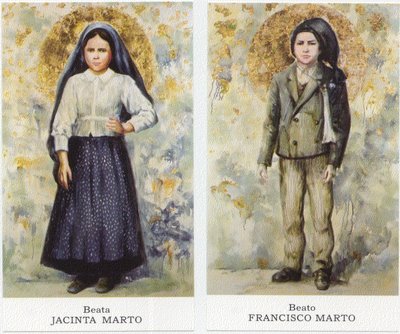 St. Jacinta (1910-1920) St. Francisco Marto (1908-1919)
St. Jacinta (1910-1920) St. Francisco Marto (1908-1919)
Image Courtesy: Ensina me a Rezar
(Franciscan Media) Between the 13 May and 13 October, 1917 three little shepherd children from Portugal Fatima, received apparitions of Our Lady at Cova da Iria, a city about 110 miles from Lisbon.
At that time, Europe was involved in an extremely bloody war and Portugal was in political turmoil, having overthrown its monarchy in 1910 — the government had disbanded religious organizations soon thereafter.
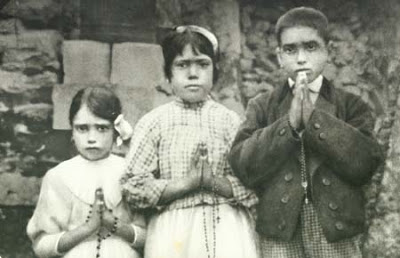 Jacinta Marto, Lucia de Jesus dos Santos & Francisco Marto
Jacinta Marto, Lucia de Jesus dos Santos & Francisco Marto
The three children (Jacinta, Francisco and their cousin Lucia de Jesus dos Santos) were raised in homes where the catechism was their daily bread, stories from the Bible their recreation and the word of the village Priest was law.
In the Spring of 1916 while the children were watching over their lambs an Angel appeared to them in an olive grove, asking the children to pray with him.
The Blessed Mother of Jesus appeared again in the mid Summer of that same year at a well in Lucia’s garden, urging them to offer sacrifice to God in reparation for sinners. In a final appearance at the end of the Summer of that same year, the children were given a secret including a vision of hell, which so changed them they became like adults than children.
Jacinta talkative sometimes to a fault became quiet, Lucia had sworn her and her brother to secrecy but Jacinta bubbling over, had let slip all they had seen to her family, who had told the village. While the news was received by skepticism by many, mockery by some and anger by Lucia’s mother, Jacinta was so contrite that she promised never to reveal another secret.
Jacinta reluctance to reveal anything more of their experience was increased by the vision of hell, given the children in the third apparition seemed to have affected her the most. To rescue sinner from hell she was in the forefront of the three in voluntary mortification, whether it was giving up their lunches (sometimes to their lambs) refusing to drink in the heat of the day or wearing a knotted rope around their waists–involuntary penances included for her. Jacinta’s brother and cousin, the constant mockery of unbelievers, badgering by skeptical clergy and cajoling by believers to reveal the Lady’s secret.
In August 1918 when W.W. I was ending, Francisco and Jacinta both contracted influenza, in April the following year he passed away. When Jacinta became ill, she was taken to a hospital where she stayed for two months before returning home, only subsequently to contract tuberculosis and sent to Lisbon where she later died.
Lucia at the age of 14 was admitted as a border to the school of the ‘Sisters of St. Dorthy in Vilar and in 1925 entered the institute, making her first vows in 1928 and her perpetual vows in 1934 receiving the name, Sister Mary of the Sorrowful Mother.
In 1946 seeking a more contemplative life, Lucia entered the ‘Carmelite Convent of St. Teresa in Coimbra, where she made her profession as a declared Carmelite in 1949 and took the name Sister Maria Lucia of Jesus and the Immaculate Heart.
On the 50th anniversary in 1967 of the apparitions she received as a child, Sister Lucia traveled back to Fatima, the event was presided over by Pope Paul VI in 1982 she returned again, when Pope Saint John Paul II came to the shrine to give thanks for the saving of his life during an assassination attempt a year earlier, subsequently she returned twice more in 1991 and on 13 May, 2000 when Pope Saint John Paul II beatified Jacinta and Francisco Shepherd’s of Fatima
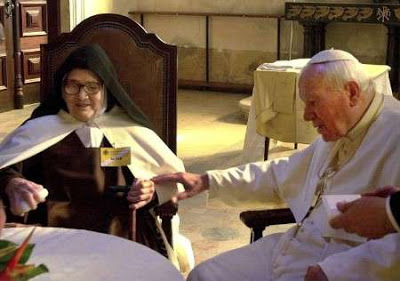 Sister Lucia and Pope Saint John Paul II –Courtesy of: Unam Sanctam
Sister Lucia and Pope Saint John Paul II –Courtesy of: Unam Sanctam
Sister Lucia mission in life came to an end in 2005, her funeral Mass was held at the Cathedral of Coimbra and was laid to rest at the convent where she spent many years until a place for permanent entombment for her body at the Basilica in Fatima, where Francisco and Jacinta were laid to rest.
In 2008 Sister Lucia was Beatified by Pope Emeritus Benedict XVI waiving the traditional 5 year waiting period, this rule was also waived for Sister Mother Teresa of Calcutta and Pope Saint John Paul II
Related: Do You Know the True Story of Fatima & The ‘Miracle of the Sun’ on 13 October, 1917
7 Powerful Messages from Our Lady of Fatima: The Grace of God Will Be Your Comfort
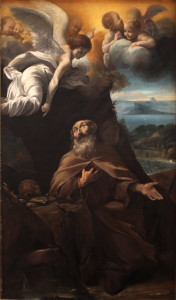

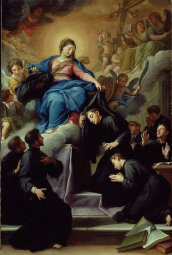
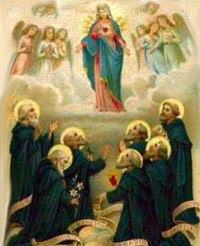 The Seven Holy Founders of the Servite Order
The Seven Holy Founders of the Servite Order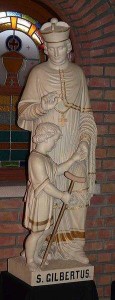
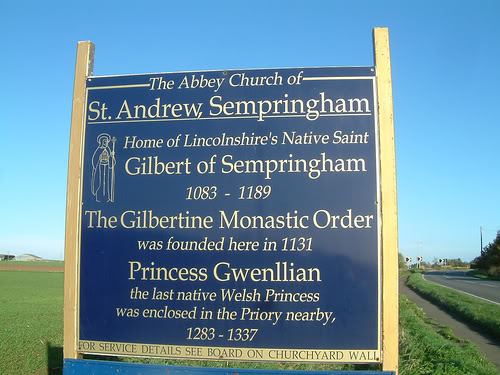 Site of ‘The Gilbertine Order’
Site of ‘The Gilbertine Order’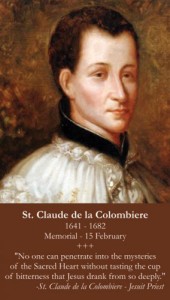
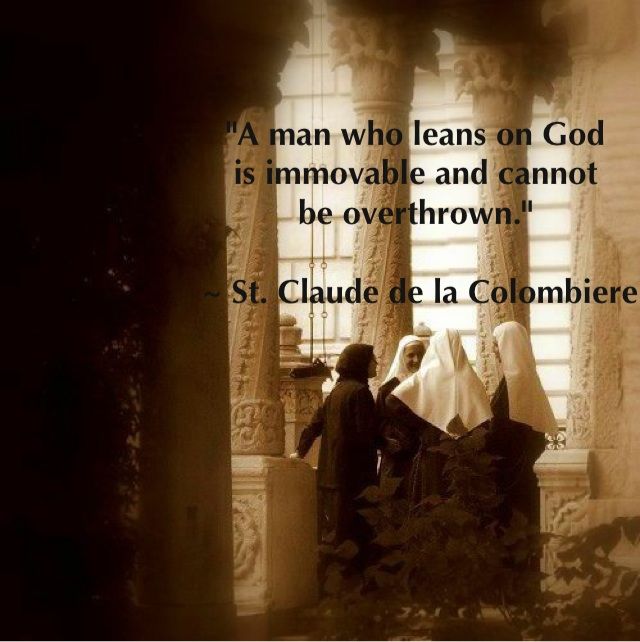 Saint Claude de la Colombiere –Image Courtesy: Pinterest
Saint Claude de la Colombiere –Image Courtesy: Pinterest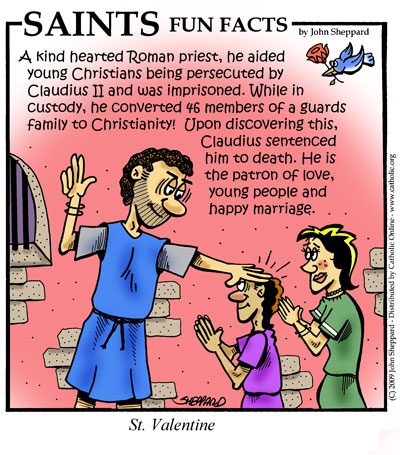 St. Valentine (226-269)
St. Valentine (226-269)